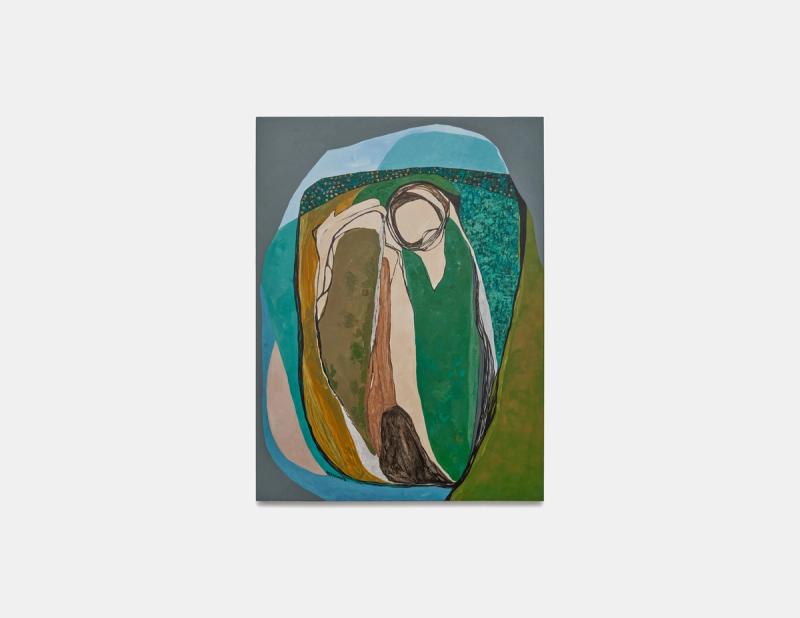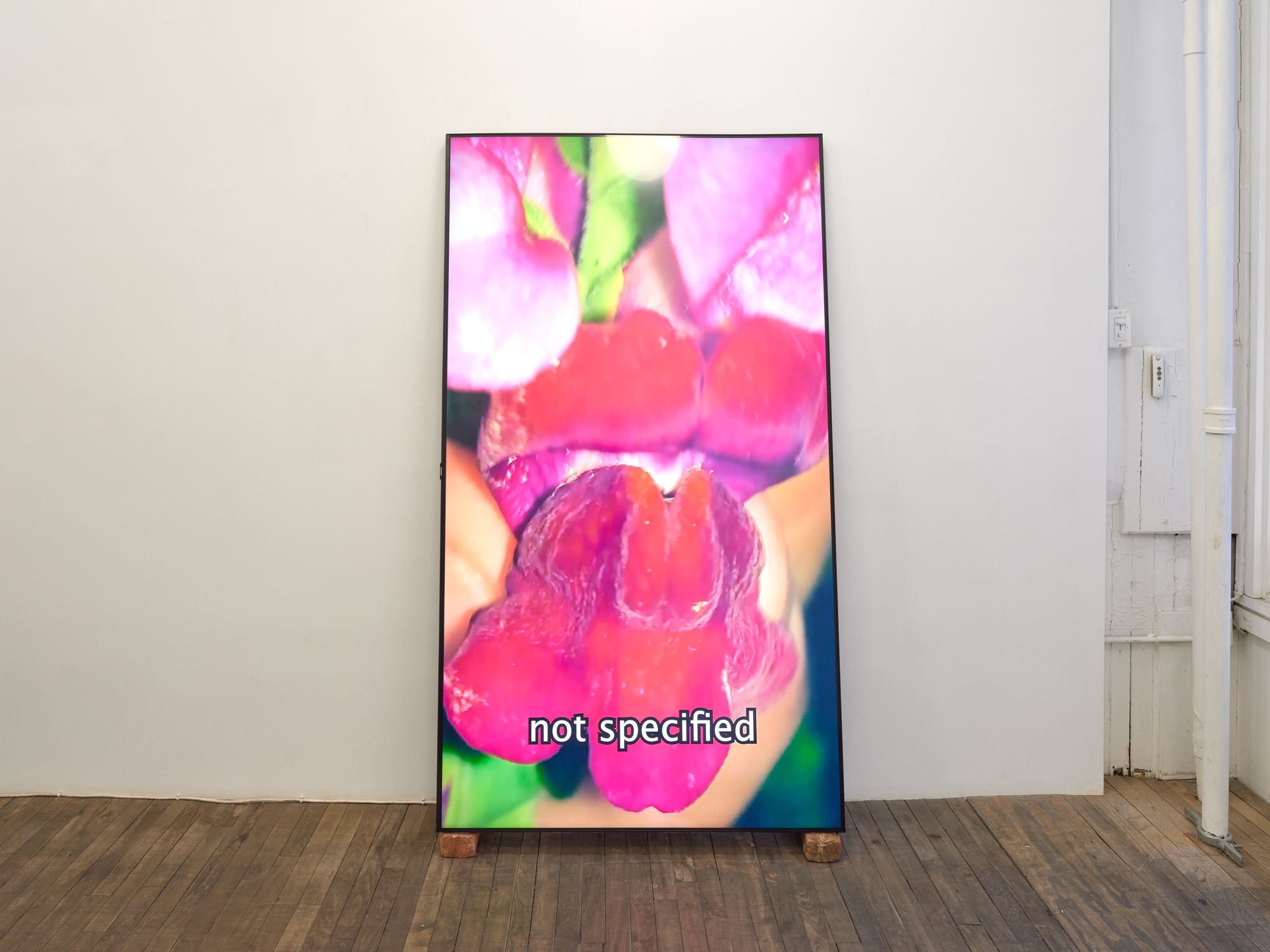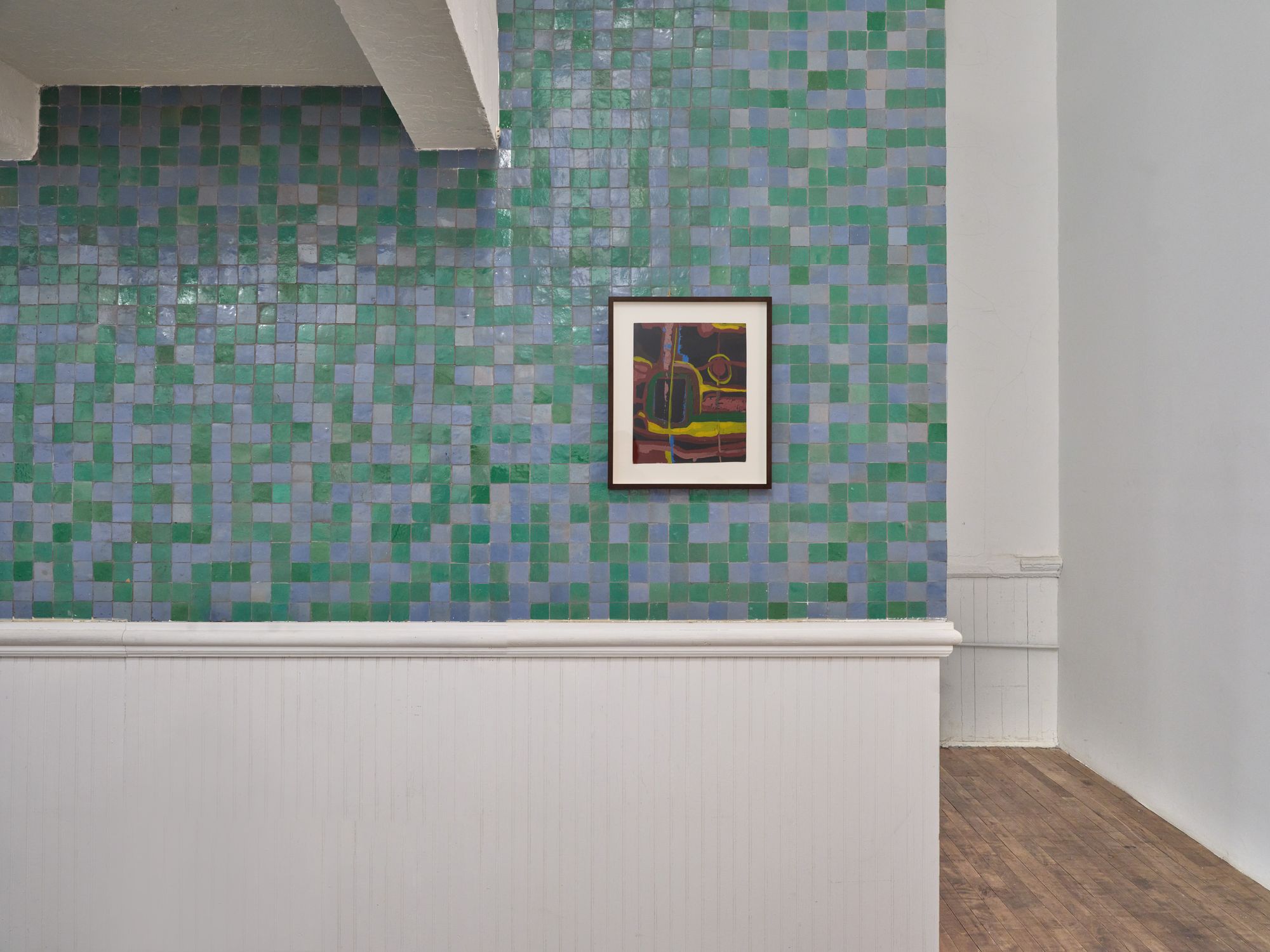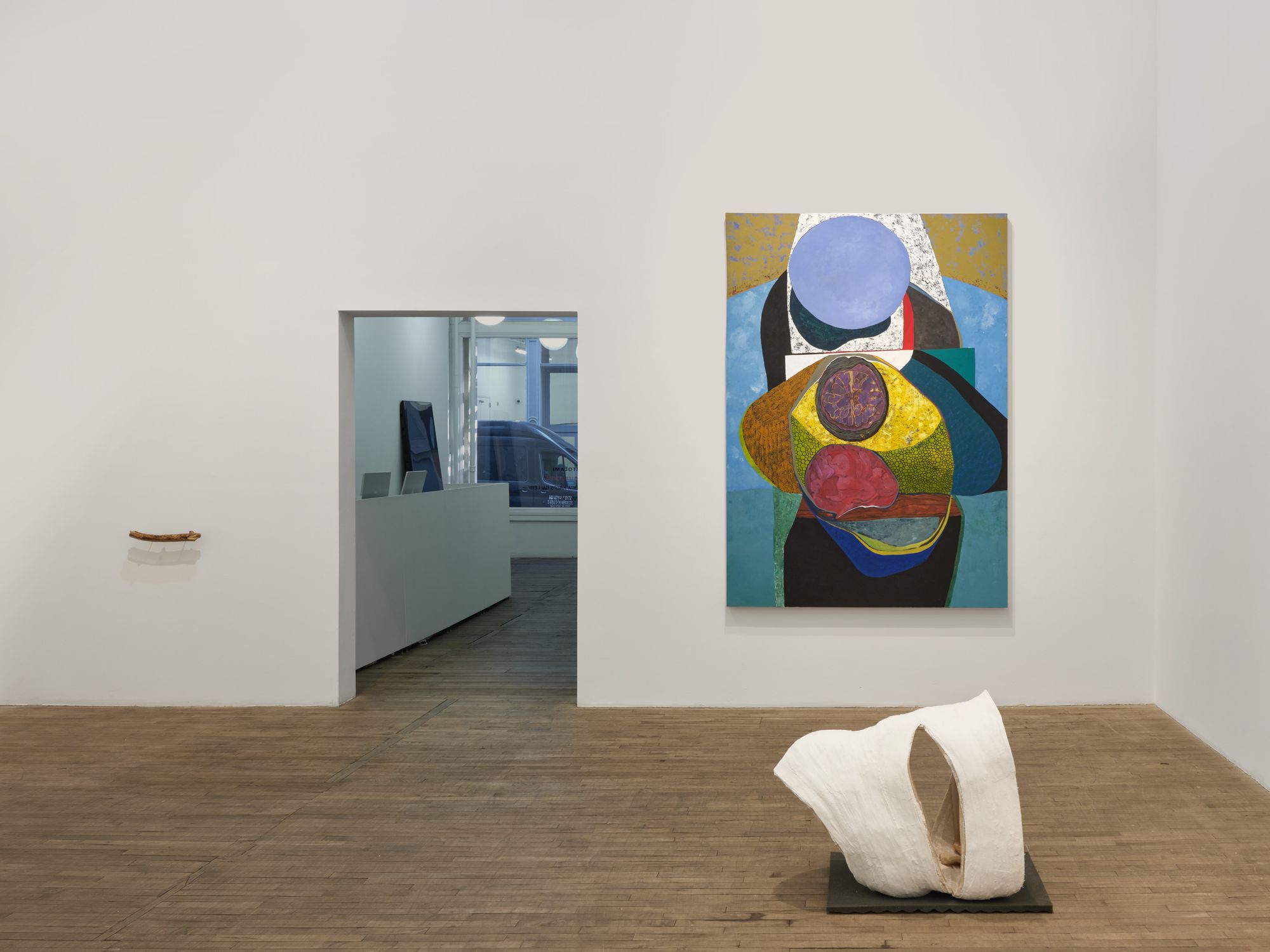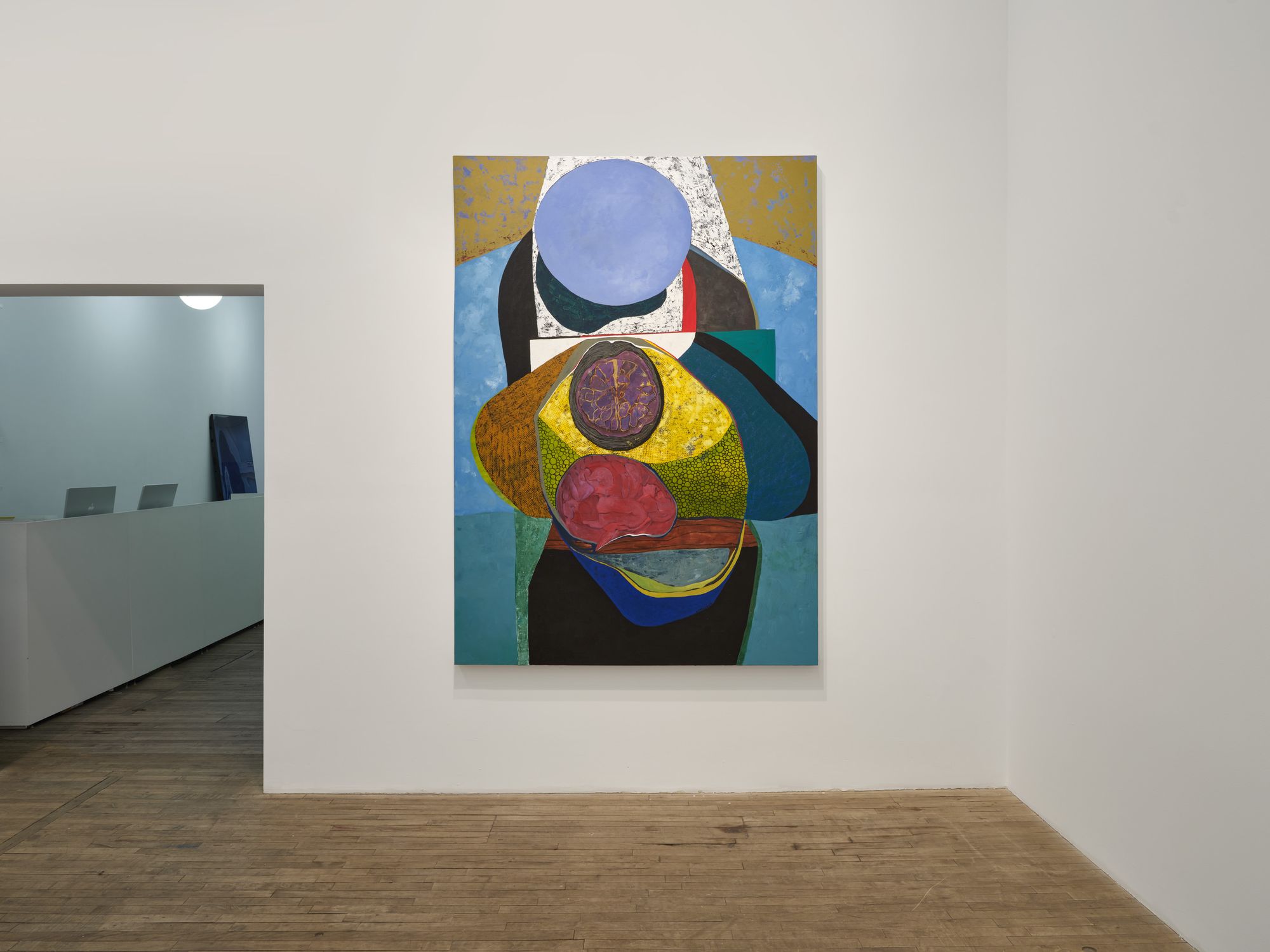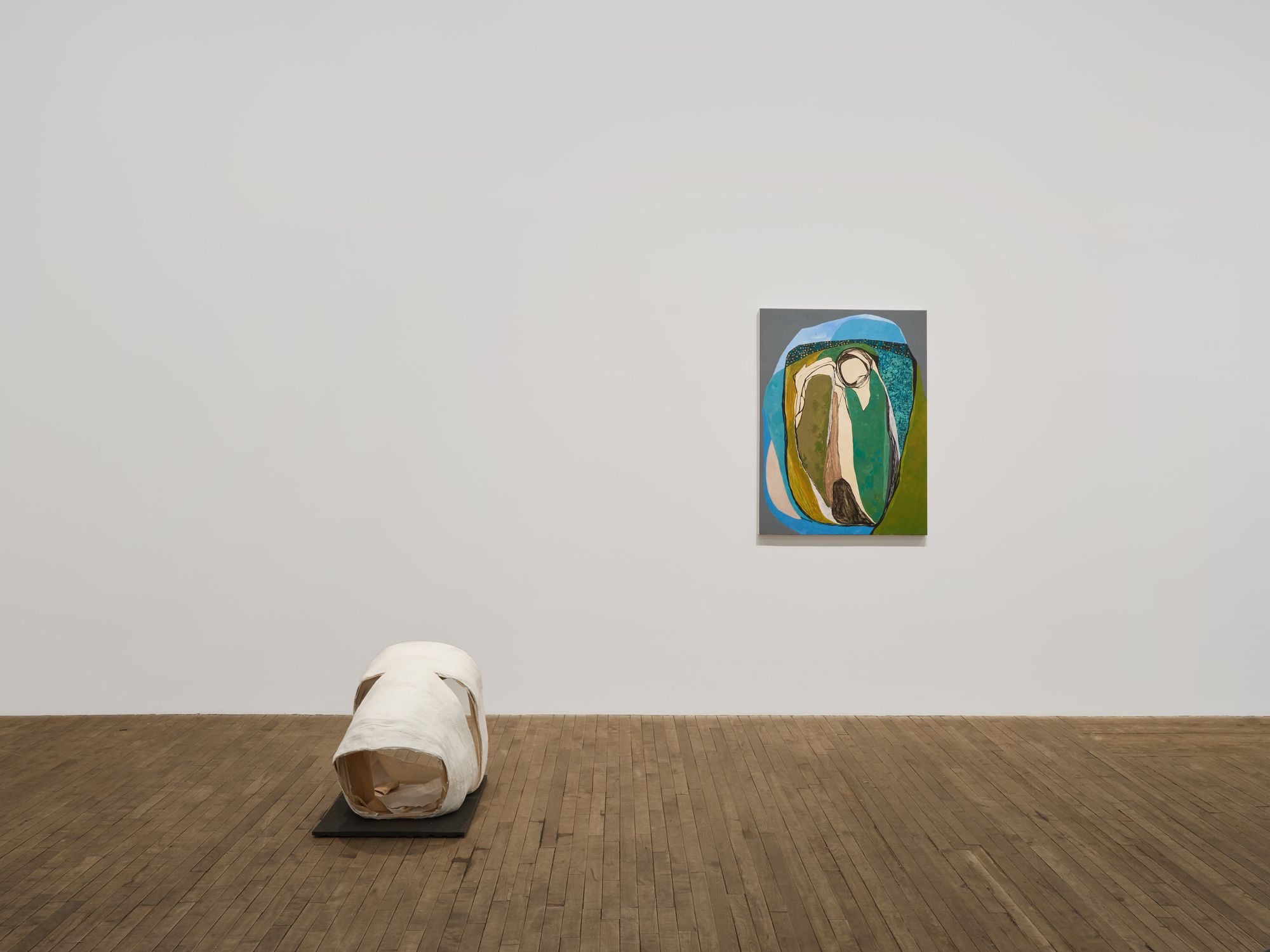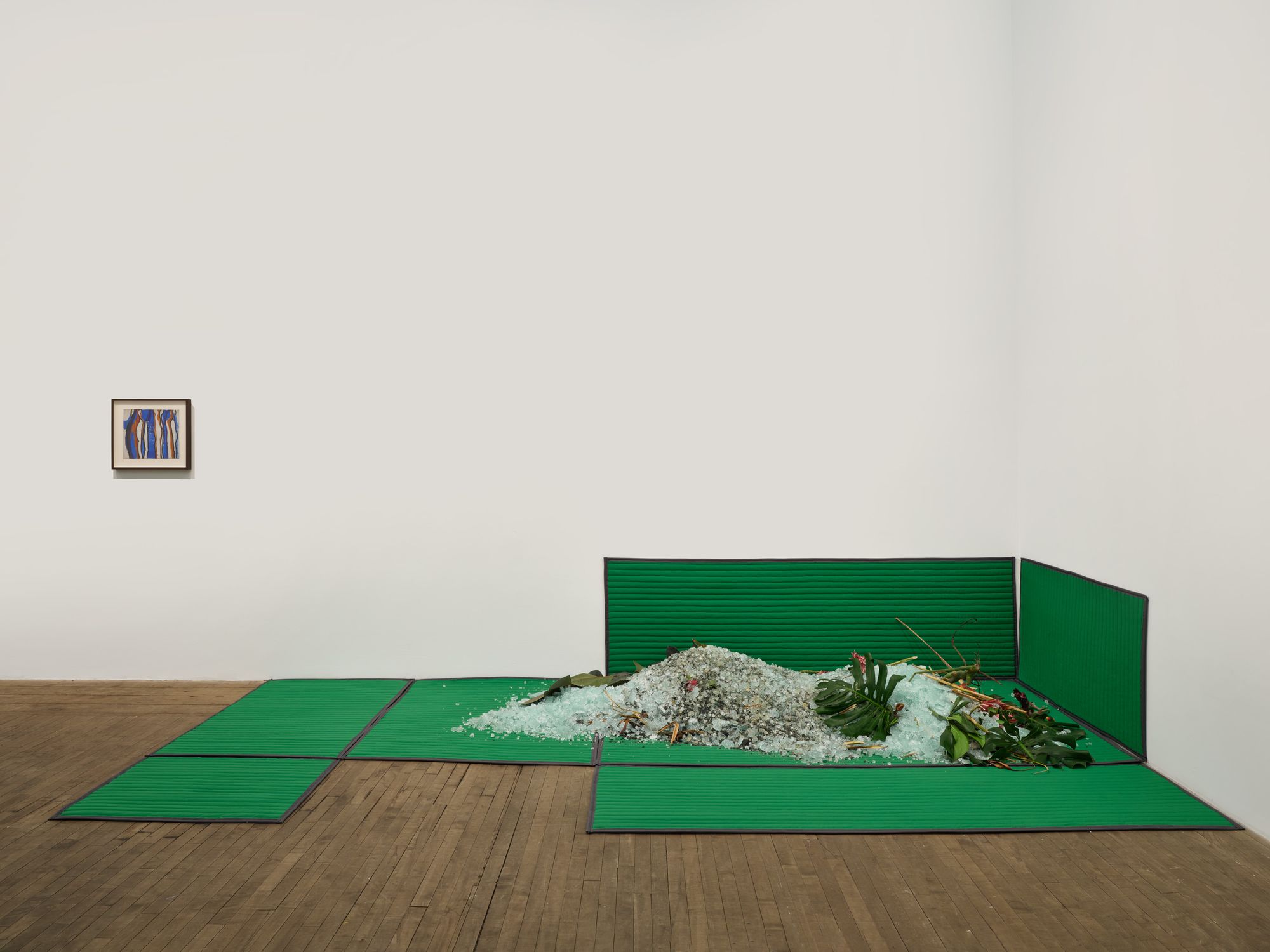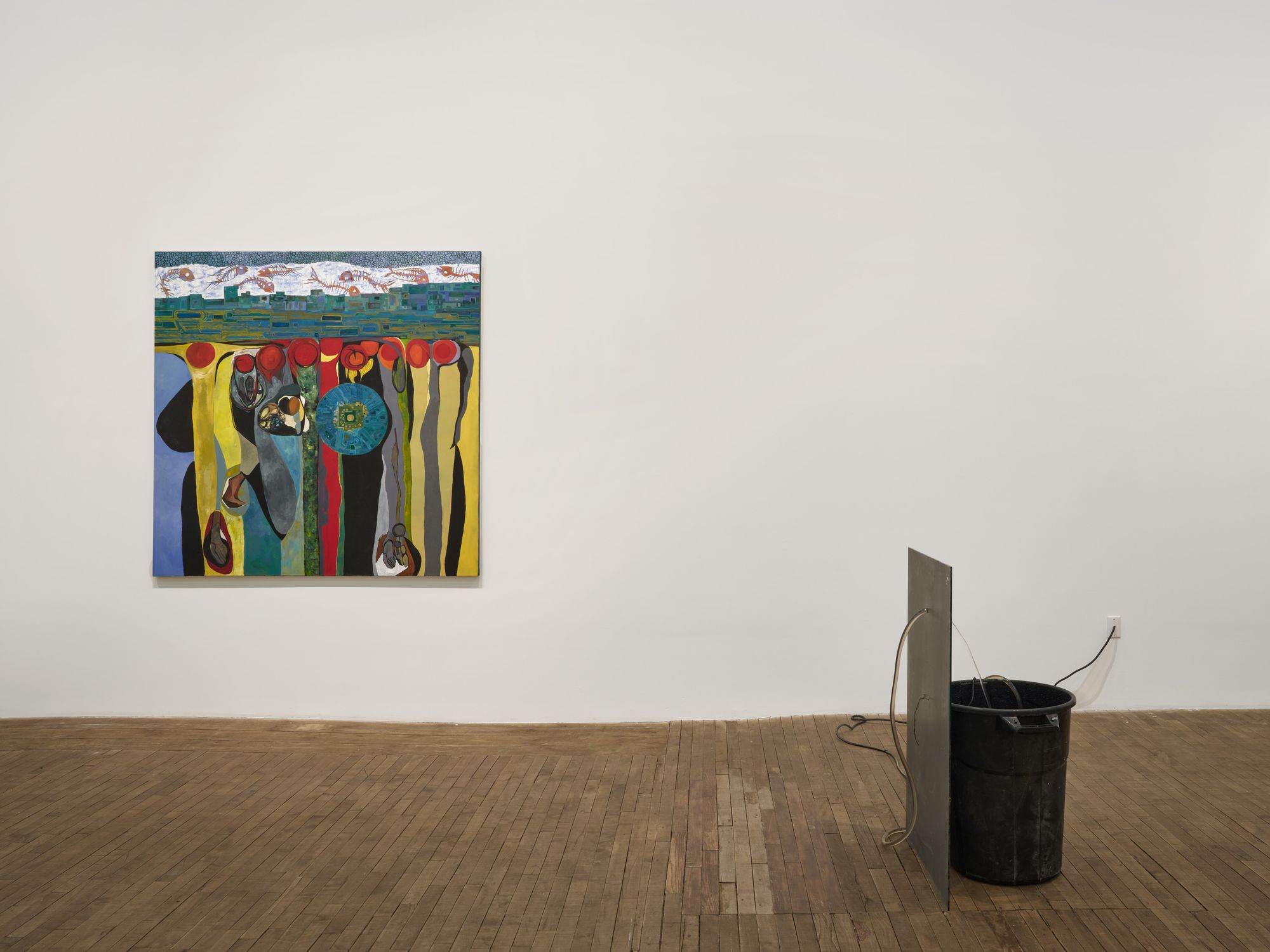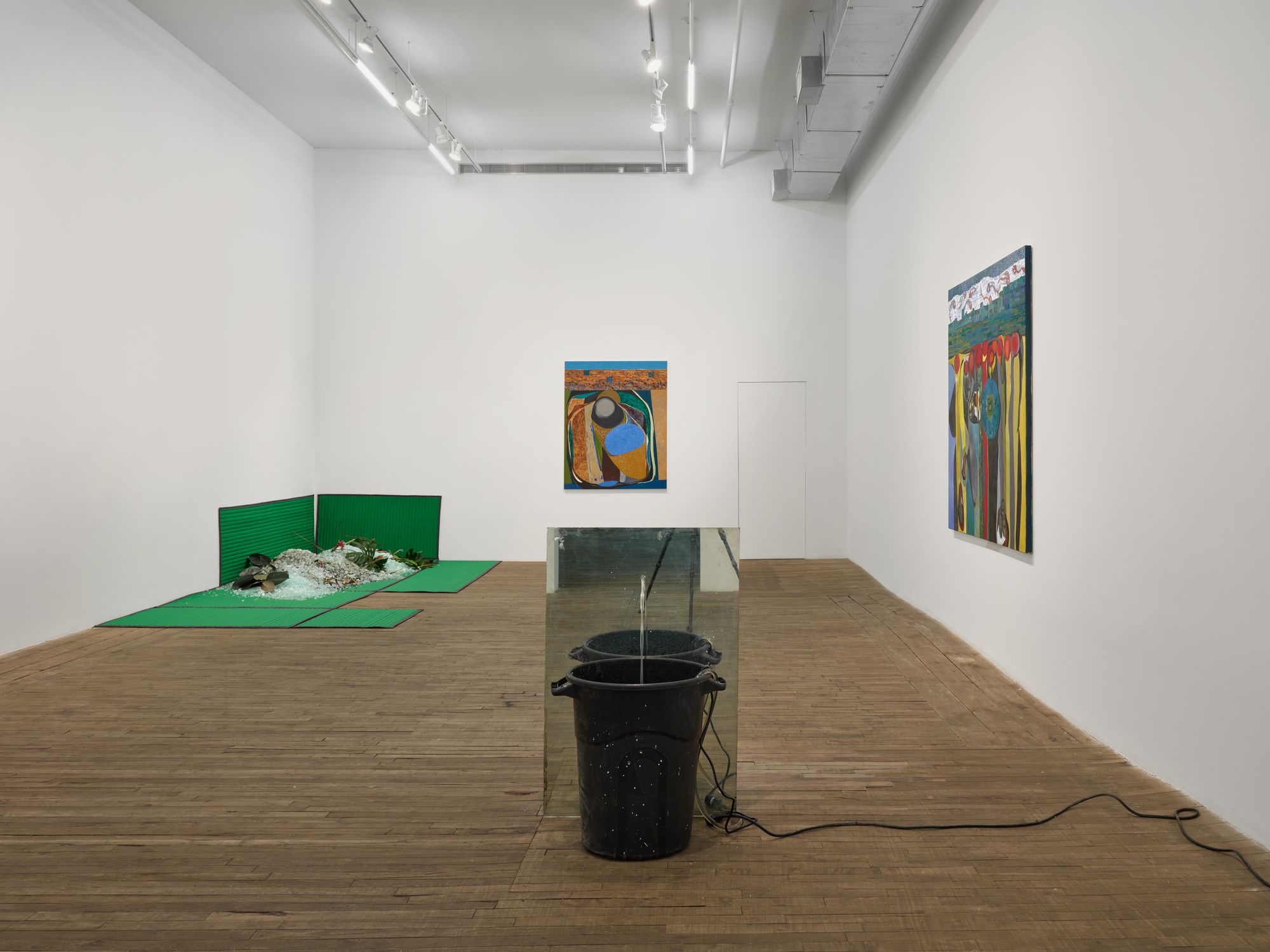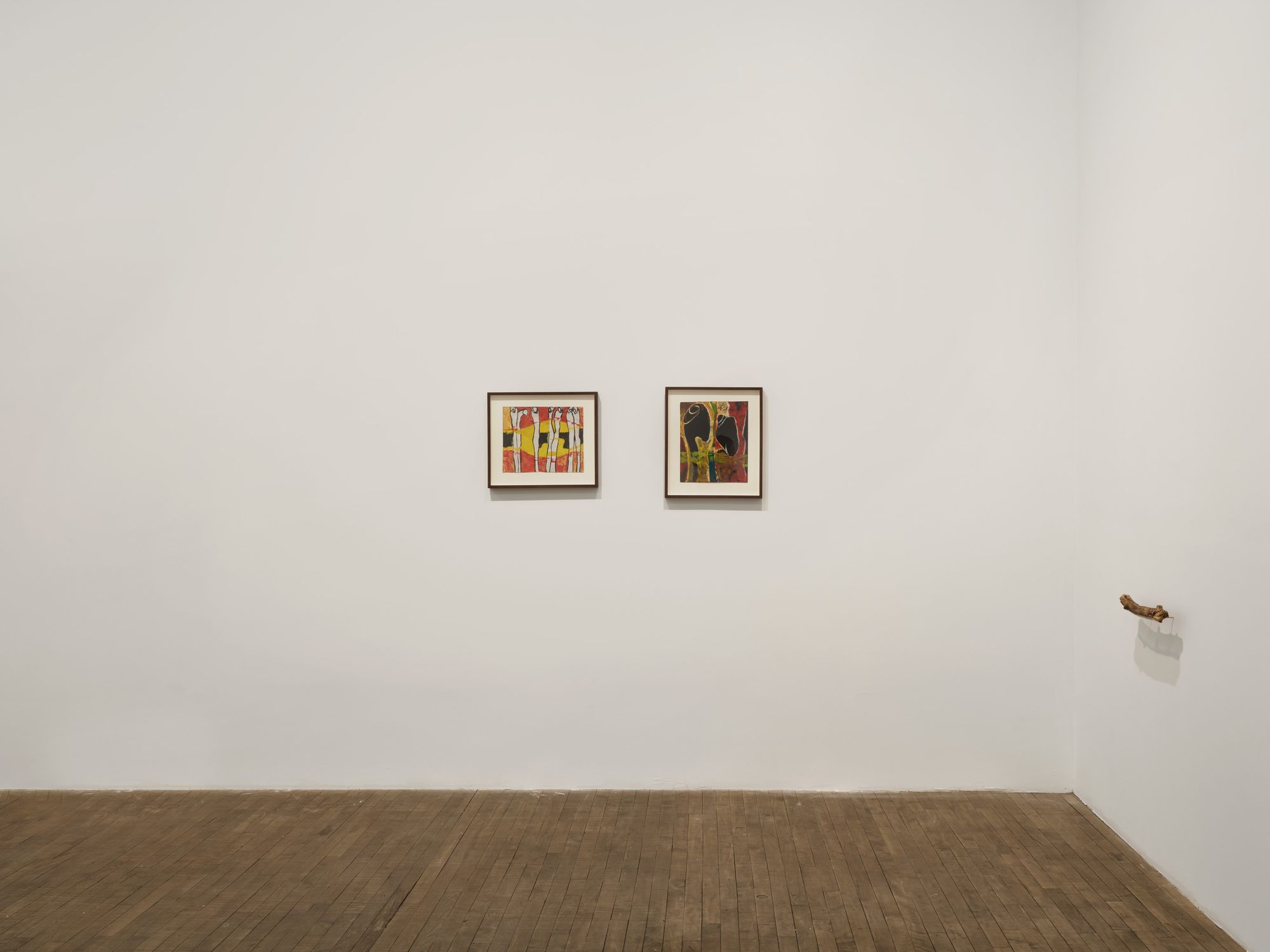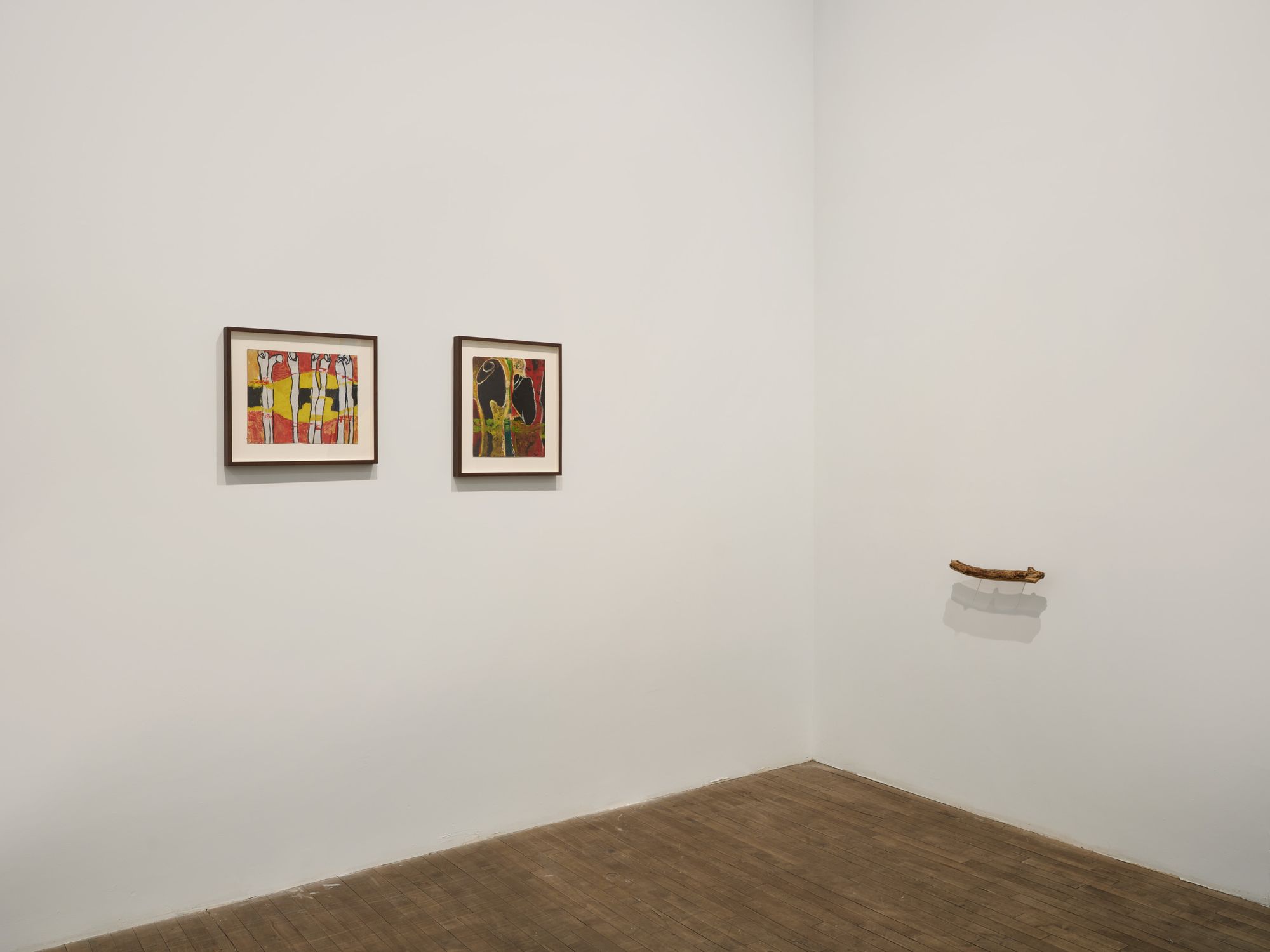
Bortolami is pleased to announce a two-artist exhibition by Merikokeb Berhanu and Abbas Akhavan, opening February 16th at 55 Walker. The exhibition presents new artwork by both artists, alongside a selection of sculptures and paintings produced over the past decade.
Merikokeb Berhanu’s abstract paintings are matrices of embryos, microchips, and cells—biospheres containing worlds nested within worlds. In rich cobalt blues and burnt siennas, her forms fall, drip, and pulse within a shared bed, the viewer’s vantage resting impossibly at the cross-section of this environment’s crust. The paintings on view hail from two periods in the artist’s production: from the time in which she was still living in Ethiopia, and after her move to the United States in Maryland. Hieroglyphic impressions appear in the latter work, like embedded computer processors in clotted surfaces, indicating an ecosystem in which nature and human invention are enmeshed.
In a series of recent sculptures, Abbas Akhavan uses materials such as tropical flora, tempered glass, water, plaster, and snail mucin to produce scenes for events which have already elapsed or are in the process of transformation, sometimes to seemingly great consequence. Viewers take on speculative positions, asked to reconstruct histories through indexical clues – a found stick, cast bronze along with other found objects, loosely indicating what has transpired. In spill (2020), we are presented with a mound of shattered tempered glass interlaced with tropical plants. The viridescent green blankets recall green-screen technology, compelling us to project possible settings for the wreckage. Injury, conservation, wreckage, and recovery are some of the ideas that take form through carefully chosen materials.
Tête-bêche, the title of the exhibition, is a 19th-century printing style in which two books or images are connected “head to tail,” either intentionally or through error. Books bound in this manner combine two texts, often by different authors, back-to-back and flipped upside down so that one must turn the object 180 degrees to read in full. Mirroring this format, the exhibition proposes two artists’ works as an interconnected set of objects and their respective modes of making and viewing the world as a parallel series of inversions.
Works

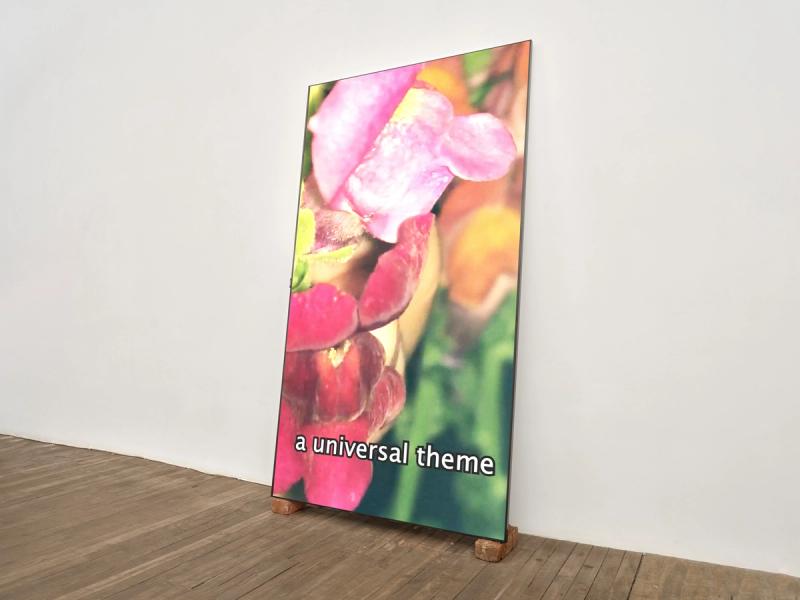
Slug, 2020

Fountain, 2024
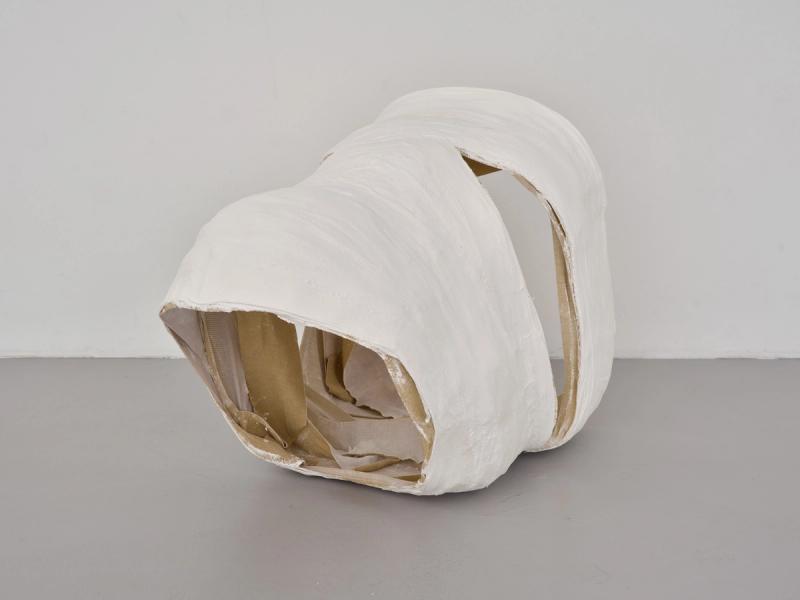
If the first metaphor was animal, 2024

IT, 2024

Untitled, 2007
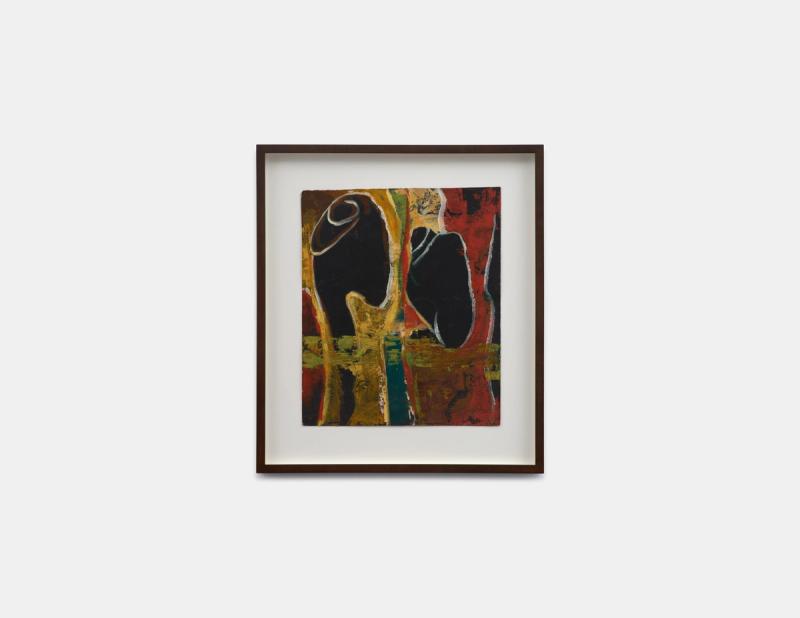
Untitled, 2007
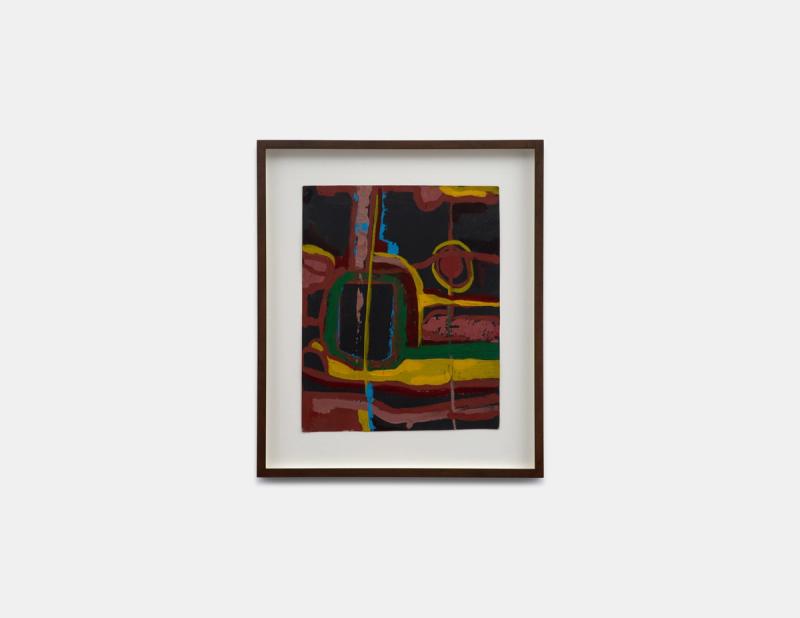
Untitled, 2007
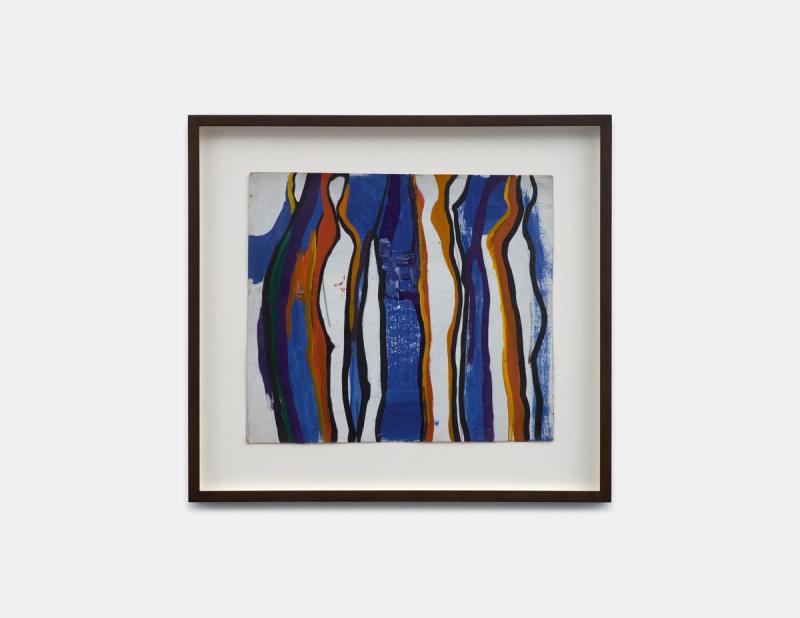
Untitled, 2007
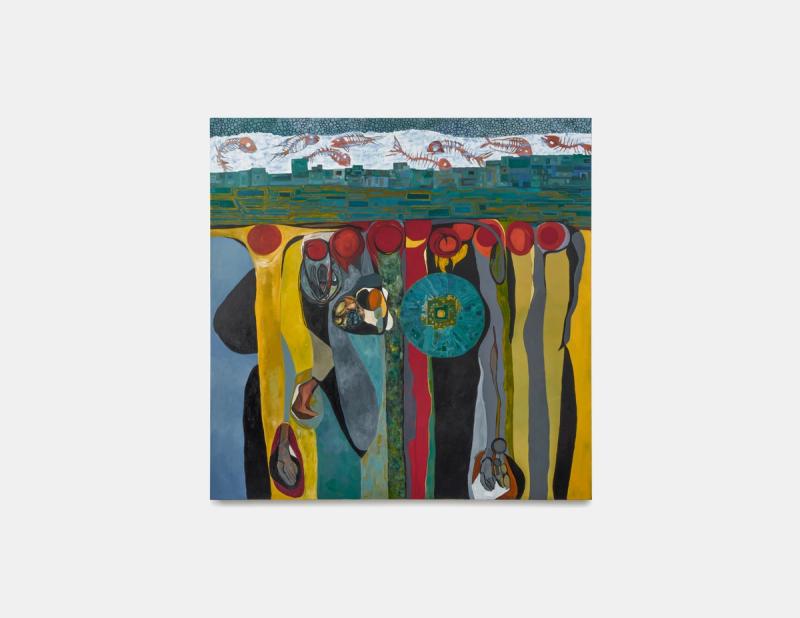
Untitled XLIV, 2020
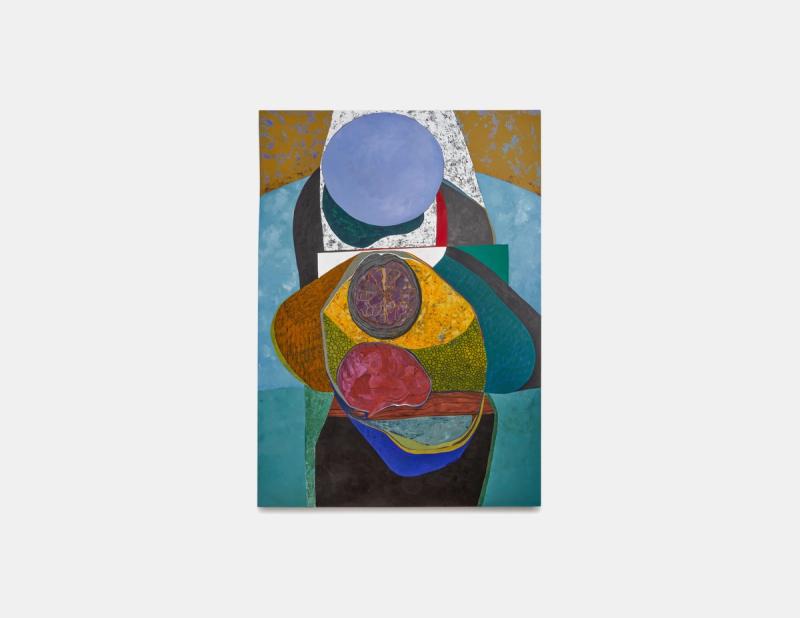
Untitled LXXVIII, 2023
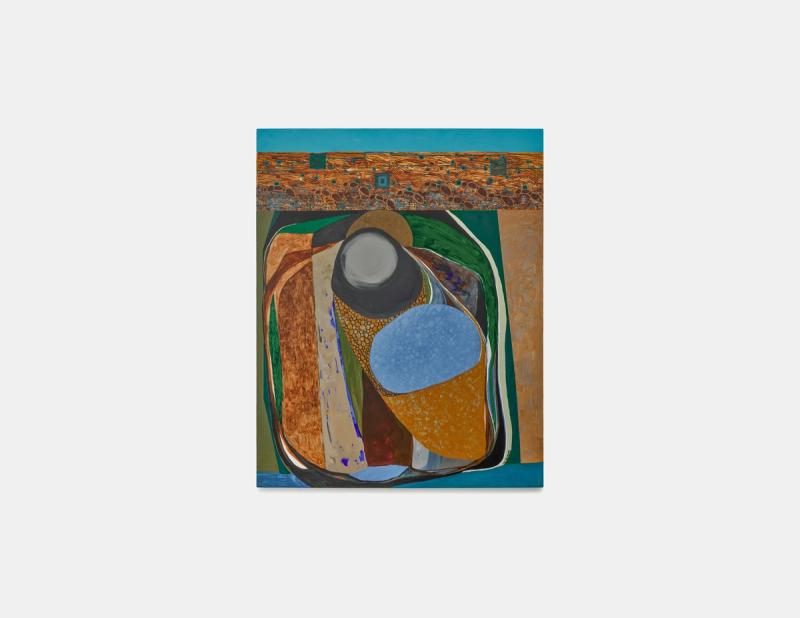
Untitled LXXXIX, 2024
